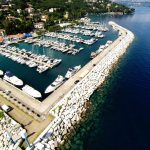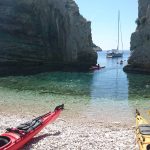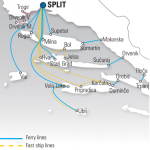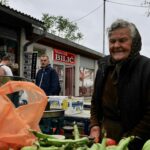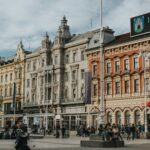In this week’s feature of our alphabet series, a nod to our beloved fjaka and two outstanding Croatian inventors on January 23, 2018
For – the Hvar dialect
Strangely enough, F is for for. A bit of context to ease you in: apart from the standard, the Croatian language has three major dialects – Shtokavian, Chakavian and Kajkavian. While this might sound simple enough – and to a certain extent is so in practice, as all three overlap enough to allow us to understand each other in most parts of the country – things get more complicated on the microlevel. If you spend enough time travelling around various regions, you’ll discover dozens of local dialects which share some common traits, but differ enough to be recognised as indigenous to individual towns and villages. A lovely example comes from Hvar, its for dialect named after the specific pronunciation of the island’s name. (Ironically, to any foreigner, for should be easier to pronouce than the standard Hvar.) The dialect shares some features with the rest of Dalmatia: bićerin signifies a glass, gustirna stands for a water well, lanterna is a lighthouse. Other local linguistic intricacies are a bit too complex to explain in a single paragraph, and we’re going to leave it for another themed feature; we’ll just note that a resident of Hvar named Zorka Bibić launched a local dialect workshop, and another resident Rade Benčić published a dictionary titled ‘Words and Stories of For’ to pass on this priceless facet of cultural heritage.
Hvar
fish
Too obvious? I don’t care – there’s a good reason seafood gets a mention in every single feature on the Mediterranean, along with other expected baits such as the sea, the sun and… erm, olive oil. (Pairs well with fish.) If there were such a thing as the 10 commandments of the Adriatic, an ardent passion for fish would surely make the list. Getting to indulge in the finer side of life on the coast is a privilege to be enjoyed with gratitude; instead of having to settle for frozen chunks of dubious quality and origin, courtesy of your generic supermarket chain, we can simply walk to our local waterfront and watch the fishermen unload dozens of crates brimming with fresh slippery cargo. According to the Institute of Oceanography and Fisheries in Split, the Adriatic waters are home to 434 species of fish, and sampling the lot to find your favourite can hardly be called a downside. When in Rome… buy a kilo of sardines and throw them on a grill to enjoy the local classic srdele na gradele – you’ll only need a splash of olive oil and a slice of bread on the side for a well-rounded meal. Try the silky sea-bass fillets or the exquisite sea-bream with some garlic and parsley; pick up a wider range of freshly caught aquatic wonders and make a hearty brudet. Enjoy on your own or gather a cheerful crowd around the table; wash down with some white wine and a shared laugh, and don’t forget to check our handy glossary to master your way around the fish market.
fjaka
One of the staple features of Dalmatian culture, the notion of fjaka is hard to pin down; it’s a sublime, leisurely state of being one must experience in order to fully grasp its substance. The closest anyone has ever got to properly putting fjaka into words is the Croatian poet Jakša Fiamingo, quoted by BBC in their recent love letter to the iconic Dalmatian concept: “It is like a faint unconsciousness, a state beyond the self or – if you will – deeply inside the self, a special kind of general immobility, drowsiness and numbness, a weariness and indifference towards all important and ancillary needs, a lethargic stupor and general passivity on the journey to overall nothingness. The sense of time becomes lost, and its very inertness and languor give the impression of a lightweight instant. More precisely: it’s half somewhere and half nowhere, always somehow in between.” Instead of trying to match this poetic display of penmanship with a spin of my own, I’ll urge you to read Tash Pericic’s fantastic take on the (in)famous fjaka.
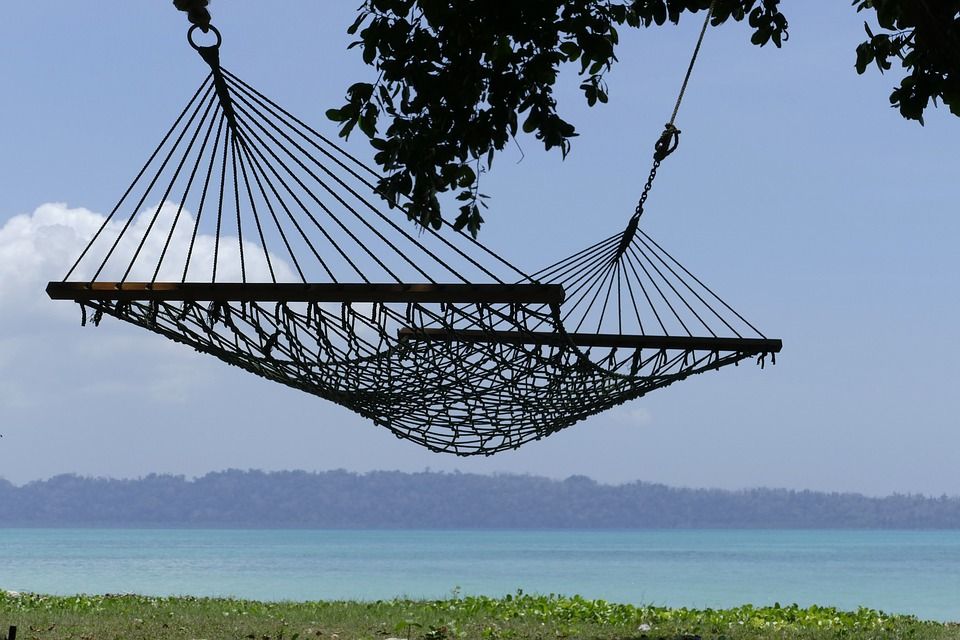
fortresses
The Croatian coast is home to an impressive fund of well-preserved fortification architecture, the majestic walls and fortresses attracting swarms of visitors year after year. The first outstanding example that comes to mind is the city of Šibenik which boasts no less than four phenomenal strongholds: the fortresses of St Michael, St John, St Nicholas, and Barone. Šibenik’s historical jewels won two places on the UNESCO World Heritage List; apart from the Cathedral of St James which has been a member of the UNESCO family since 2000, St Nicholas Fortress proudly raised the UNESCO flag in December 2017. Read more about the stunning city here.
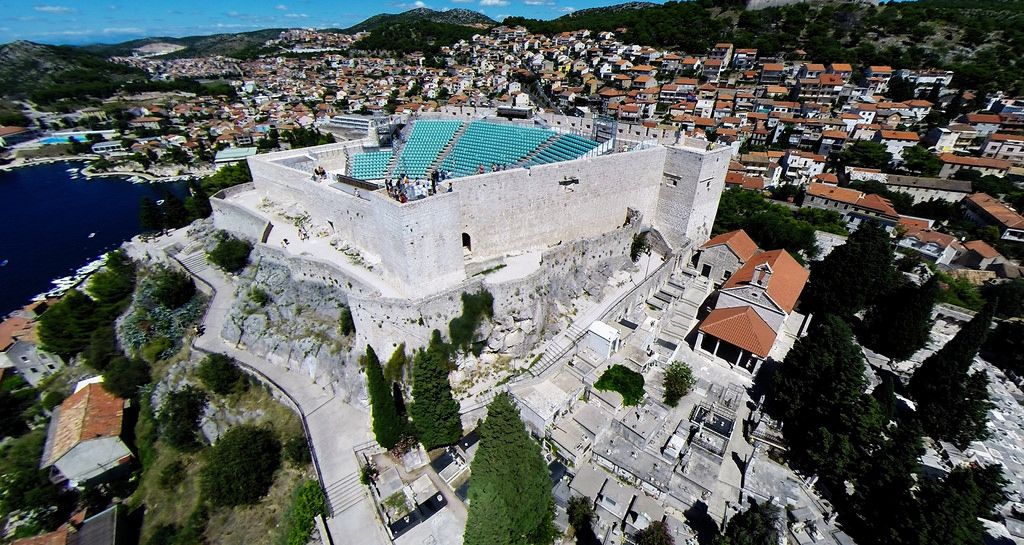
St Michael’s Fortress in Šibenik / Yacht Rent
A couple of honorary mentions: Knin Fortress, the second largest fortress in the whole of Europe; Fort Punta Christo in Pula, a former Austro-Hungarian fortress built in the 19th century that nowadays hosts four music festivals in summer months; Klis Fortress, a medieval stronghold located near Split which used to be the seat of Croatian kings, guarded the frontier during the Ottoman wars, and nowadays plays the city of Meereen in the Game of Thrones; Nehaj Fortress, a majestic structure perched on a hill above the town of Senj, built by the Uskoks to help fight off the Ottoman army in the 16th century. The list is never-ending – explore it here.
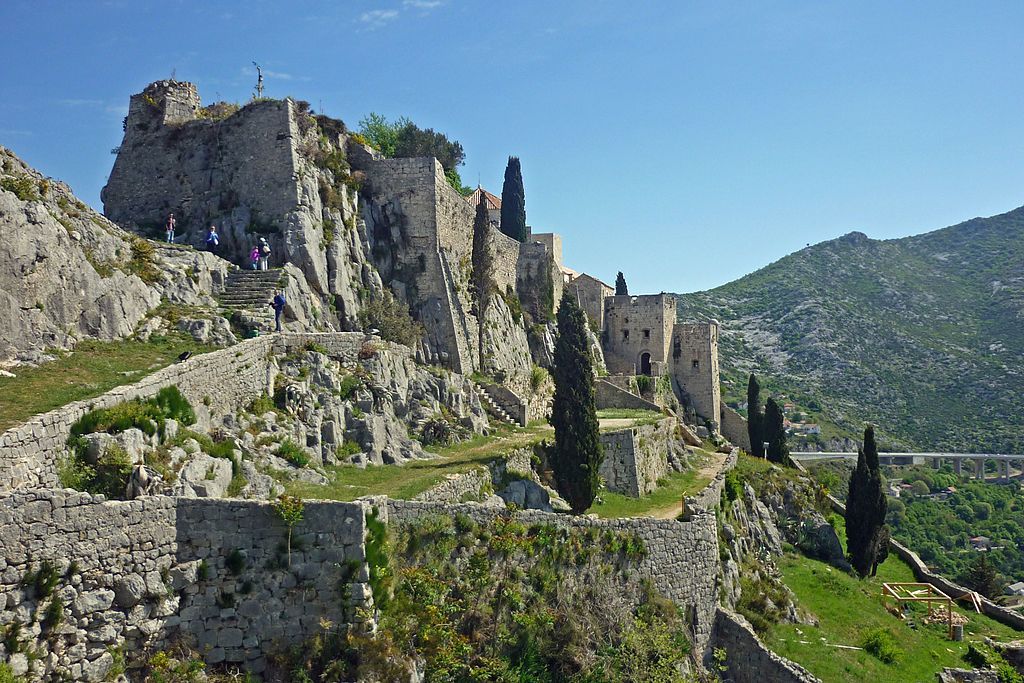
Klis Fortress
filming
If you’ve been keeping up with TCN in the last couple of months, you’ve probably noticed the latest obsession of ours: discovering Croatia’s cinematographic history. Numerous locations scattered all over the country have hosted renowned film classics from the middle of the 20th century onwards, with the last few years launching the Croatian coast to a new level of stardom. I’m sure we don’t even have to mention the Game of Thrones anymore, with the popular series leading the likes of Dubrovnik, Split and Klis into a new era of tourism. The streets of Dubrovnik have also hosted Robin Hood and Star Wars – talk about genre versatility – and the island of Vis is about to rise to international fame thanks to Mamma Mia 2. The Adriatic scenery on film isn’t a 21st-century trend: Orson Welles started his Croatian journey in Zagreb, but was quick to replace the Croatian capital with the shores of Hvar and Split, both Dalmatian gems making their way into Welles’s 1967 drama The Deep. And let’s not forget Alfred Hitchcock whom it took a single overnight stay in Zadar to conclude the city has the most beautiful sunset in the world. While Hitchcock hasn’t filmed any scenes in Zadar, the stardust still hasn’t settled.
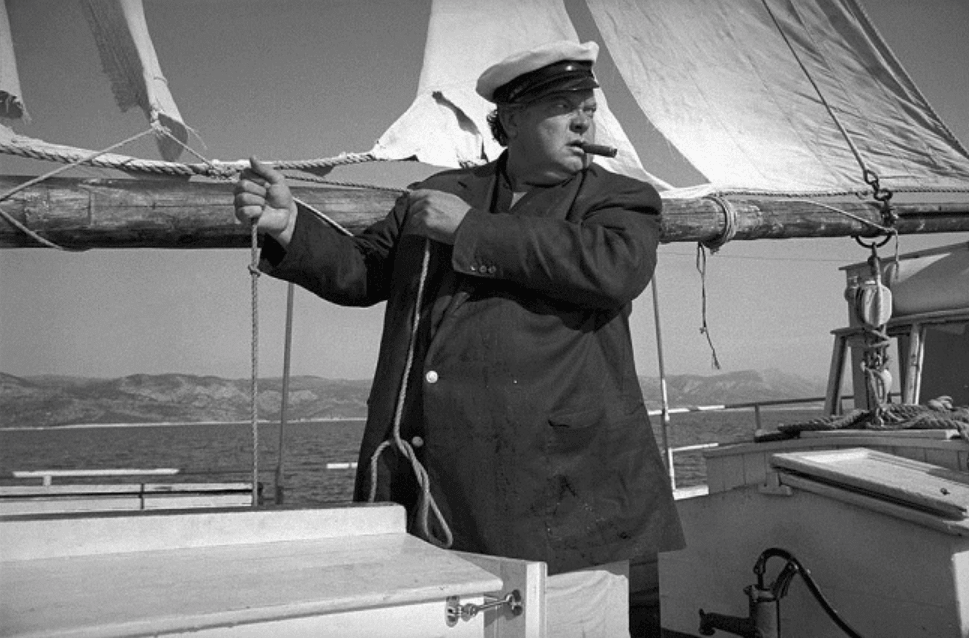
Orson Welles on Hvar / Nicolas Tikhomiroff
Faust Vrančić
Mr. Vrančić, also known as Fausto Veranzio, was a polymath, a bishop, an inventor, an engineer, a linguist, and a diplomat – to cut the story short, an all-around renaissance man. He was born into the family of counts Vrančić around 1551, when his hometown used to be part of the Venetian Republic. Naturally, his noble birth allowed him to receive a prestigious education, first in Venice and later at the University of Padua where he focused on law, physics, engineering and mechanics.
In 1615, he published his masterpiece Machinae Novae, a splendid work composed of 49 illustrations depicting 56 machines, devices and technical concepts. The book was mainly written in Latin and Italian, with the addition of parts in Spanish, French, and German; as the author published the work on his own, few copies have survived to this day. Vrančić presented a range of groundbreaking designs for agricultural machinery, mills, construction of bridges, and water and solar energy systems, but one invention stands out among all others: a parachute design, inspired by Leonardo da Vinci’s rough sketches of a parachute prototype. Vrančić is believed to have attempted a parachute jumping experiment when he was 65, supposedly jumping from St Mark’s bell-tower in Venice in 1617. While the story is mostly regarded as an urban legend and there’s no evidence to show Vrančić actually succeeded in his attempt, he’s considered the inventor of the first functional parachute and remains one of the most renowned Croatian inventors in history. He was buried on the island of Prvić which nowadays houses a memorial center dedicated to this remarkable historical figure.
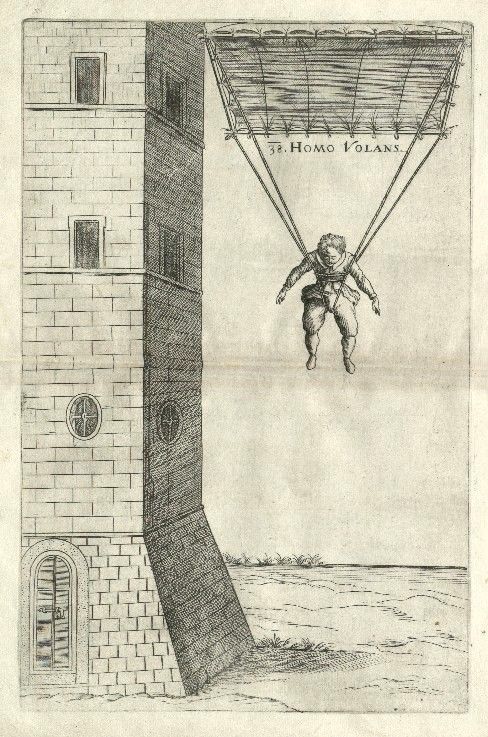
Faust Vrančić, parachute design
fingerprints
Speaking of inventors, did you know the father of dactyloscopy originates from Hvar island? Juan Vucetich (born as Ivan Vučetić) was a Croatian-born Argentine anthropologist and police official known for creating the first fingerprints filing system. Inspired by the experiments conducted by Francis Galton, Vucetich started to work on his own expanded system in 1891. A year later, he made the first positive identification of a criminal in a murder case based on a bloody fingerprint, left behind by Francisca Rojas who had killed her two children and committed suicide.
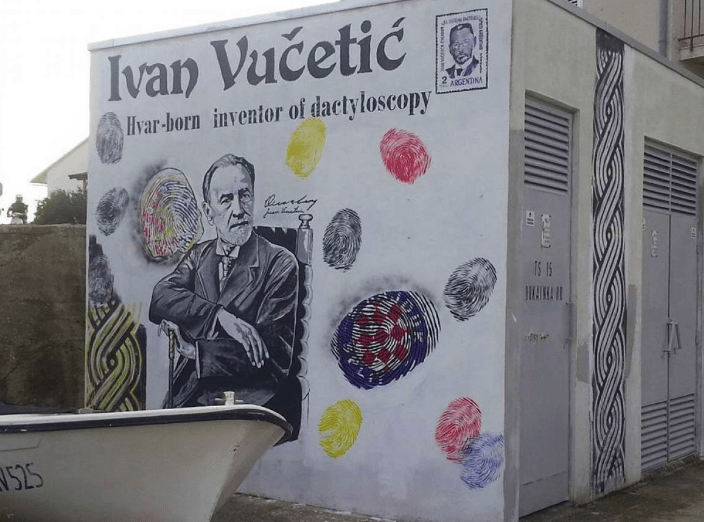
The Argentinian police was the first to adopt the fingerprinting classification, followed by police forces all over the world. A police academy and a museum in Argentina were named after the Croatian-born inventor, as well as the Center for Forensics Examinations in Zagreb. (You can find more quirky facts about Croatian islands here.)
F-group
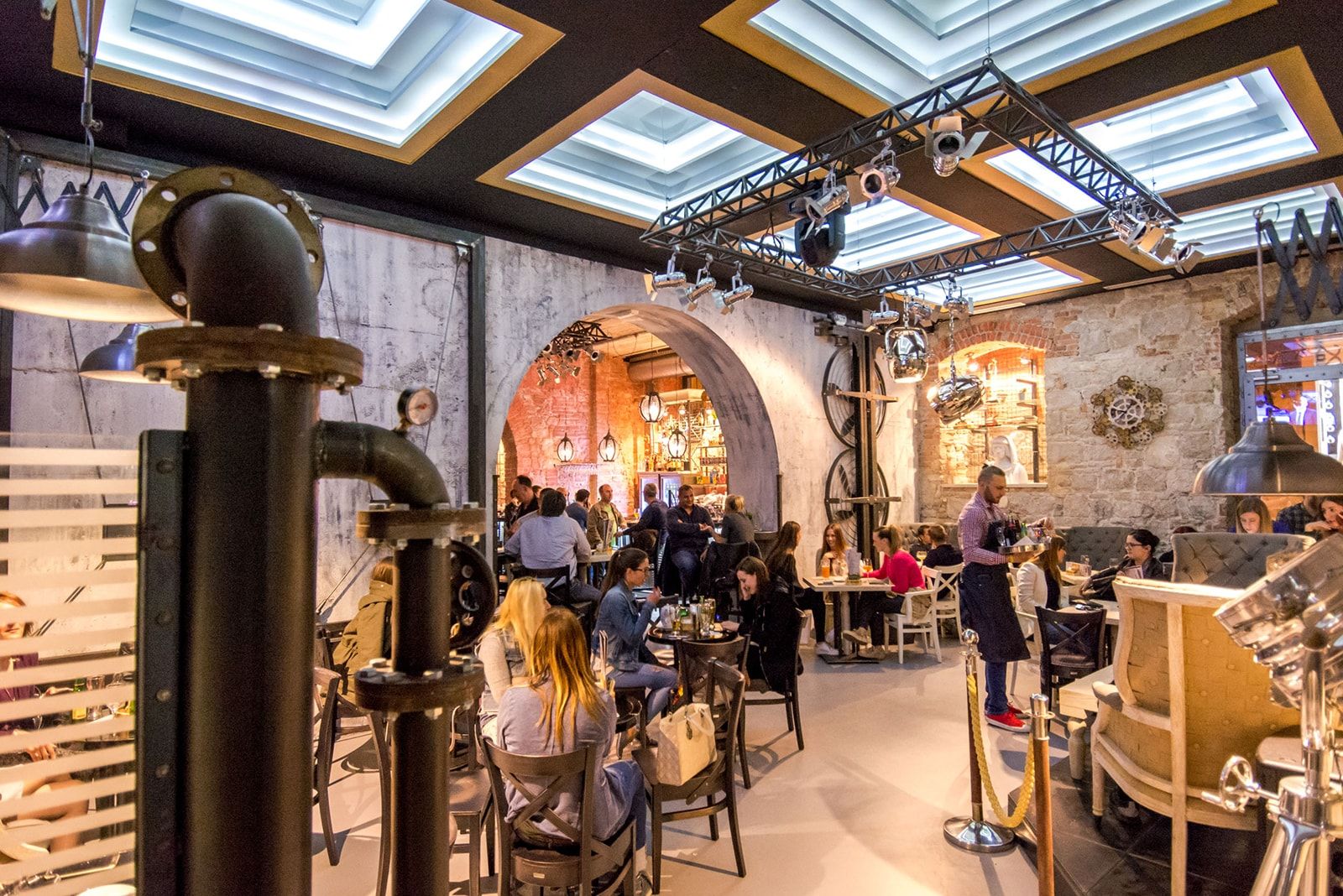
Fabrique Pub
To round up the F list… a full circle, and we’re back to food. Visiting Split and looking for a memorable gastro experience? You’re in luck: the city is home to a prestigious hospitality cluster that provides enough content for its own F feature. The F group is a high quality brand of restaurants and bars lining the coast in the main Dalmatian tourist hub, a sort of a gastro hotspot offering a variety of venues and cuisines. You can choose between six locations: if you’re a fan of barbecue or classic pub fare, there’s Fabrique Pub, ‘”where the beers are cold and the vibes are gold”. Just arrived in Split and craving a bite? Look to Terminal F in the Tourist Palace, mere minutes away from the bus station and the ferry port. Want to treat your partner to a romantic dinner? Head to F marine, a Mediterranean restaurant moored between the riva and the ACI marina. The options don’t stop here – check their website for more suggestions, pick a venue that suits your needs, enjoy the astonishing view of the sea and make every F-eeling count. You’re welcome.


